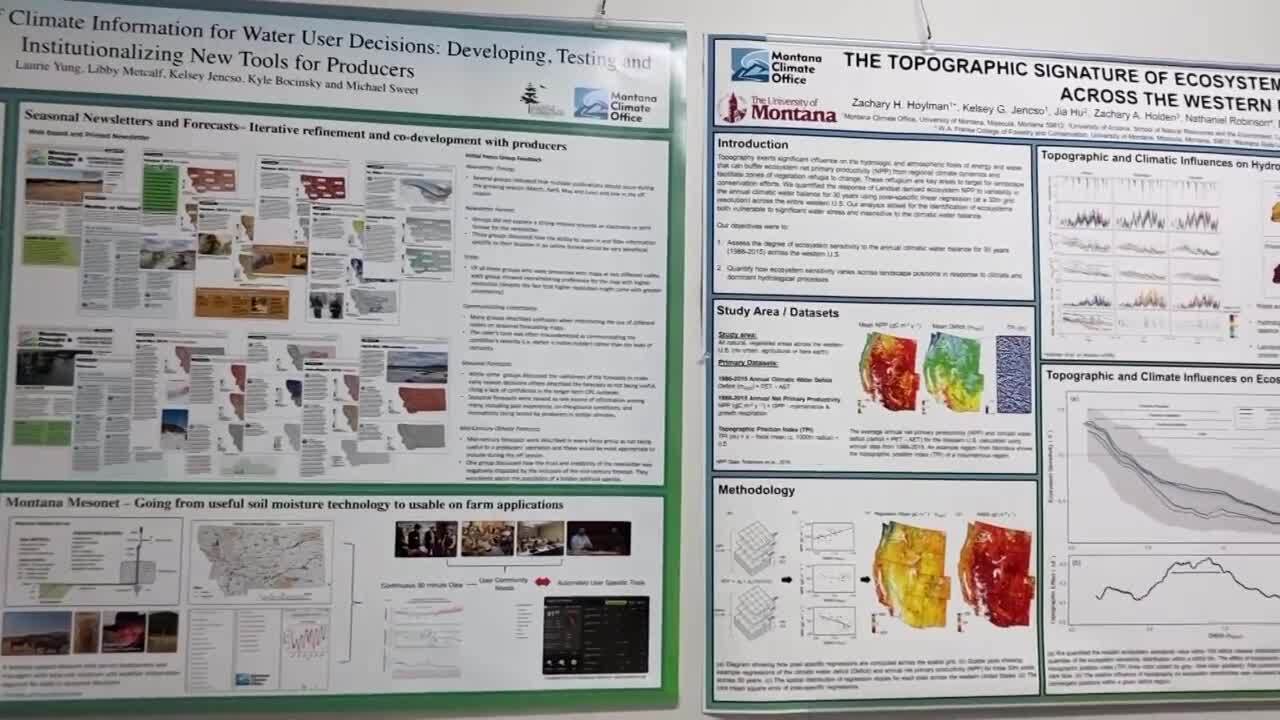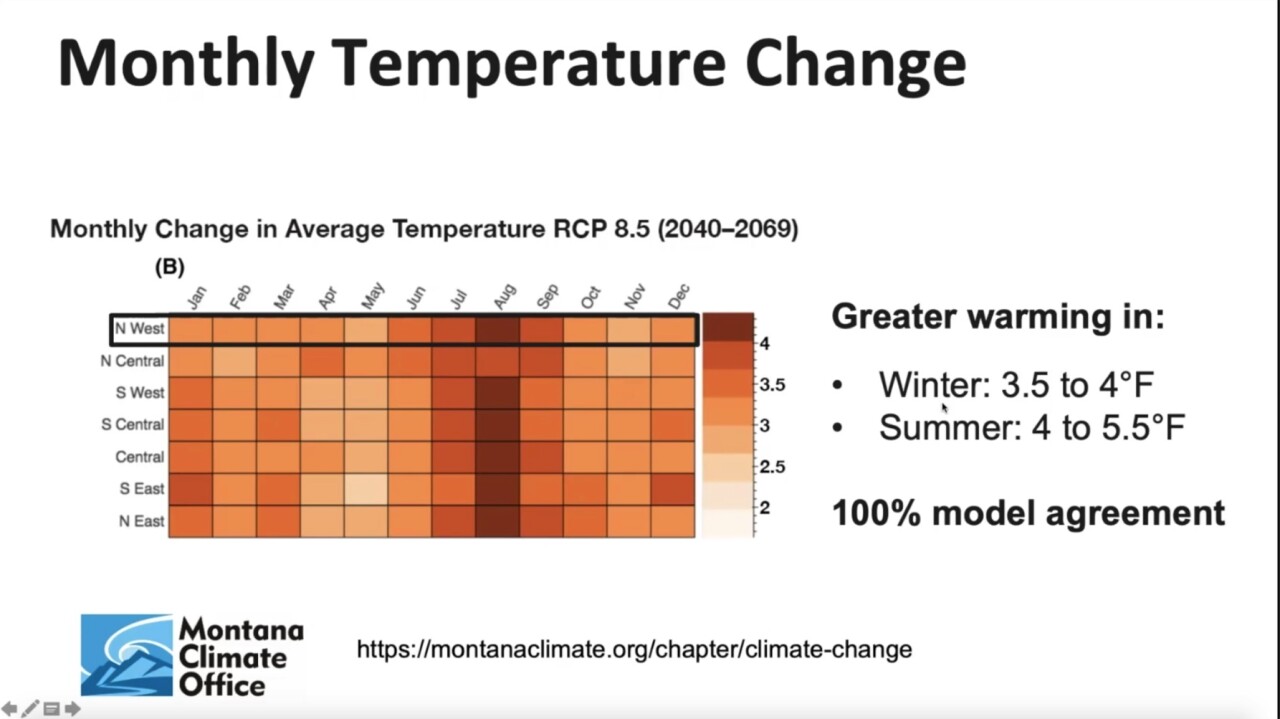MISSOULA — We’ve hit the first of December and it’s fairly warm outside.
The highs in Missoula are in the upper 50s, (forecast Wednesday morning, temperatures eventually hit the 60s in Missoula), which is significantly higher than normal temperatures which are in the 30s.
So, what’s up with this warm weather?
“In kind of a broad view, we’ve just finished up the month of November and we finished as the 14th warmest November for the Missoula area and records go back 120 plus years. So that's pretty significant in that regard," National Weather Service Meteorologist Travis Booth told MTN News.

But what stands out to this meteorologist, are the consistent daily records broken. According to Booth, Sunday broke a daily record of 62°, shattering the old record by 10°. And Monday broke a daily record with a high of 57°.
“But then we get to today, and today's pretty interesting, not so much for the daily record, but the fact that the warmest we've ever reached in the month of December in Missoula, Montana is 60°, and we reached it four times in the past," Booth said, "well, apparently we've reached 60° already today."
Booth was interviewed by MTN News at 10:30 a.m. on Wednesday.

Over at the Montana Climate Office — an independent state-designated body that provides climate information like drought and water data to Montanans — State Climatologist Kelsey Jensco gave his reaction, “I’m not used to it, it ought to be cold and snowing."
But based on what Jensco is tracking as a climatologist, these high temperatures in Montana aren’t surprising.
“It's not surprising given what we know about future climatic changes.
We've always often talked about those changes in terms of increased temperatures in our winters and our summers as a thing and phenomenon that's going to happen in the far and distant future.
But in reality, that time is now and we're starting to experience those [climate] changes firsthand." - State Climatologist Kelsey Jensco

Temperatures are expected to continue to rise through the years, according to data collected within the Montana Climate Assessment.
Montana is currently still experiencing extreme drought which isn’t helped by this lack of moisture. Additionally, snowpack is yet to build significantly. These conditions may impact next year’s drought conditions, depending on what happens later in the winter season and if more moisture arrives in the region.
More seasonable temperatures are expected by next week.



